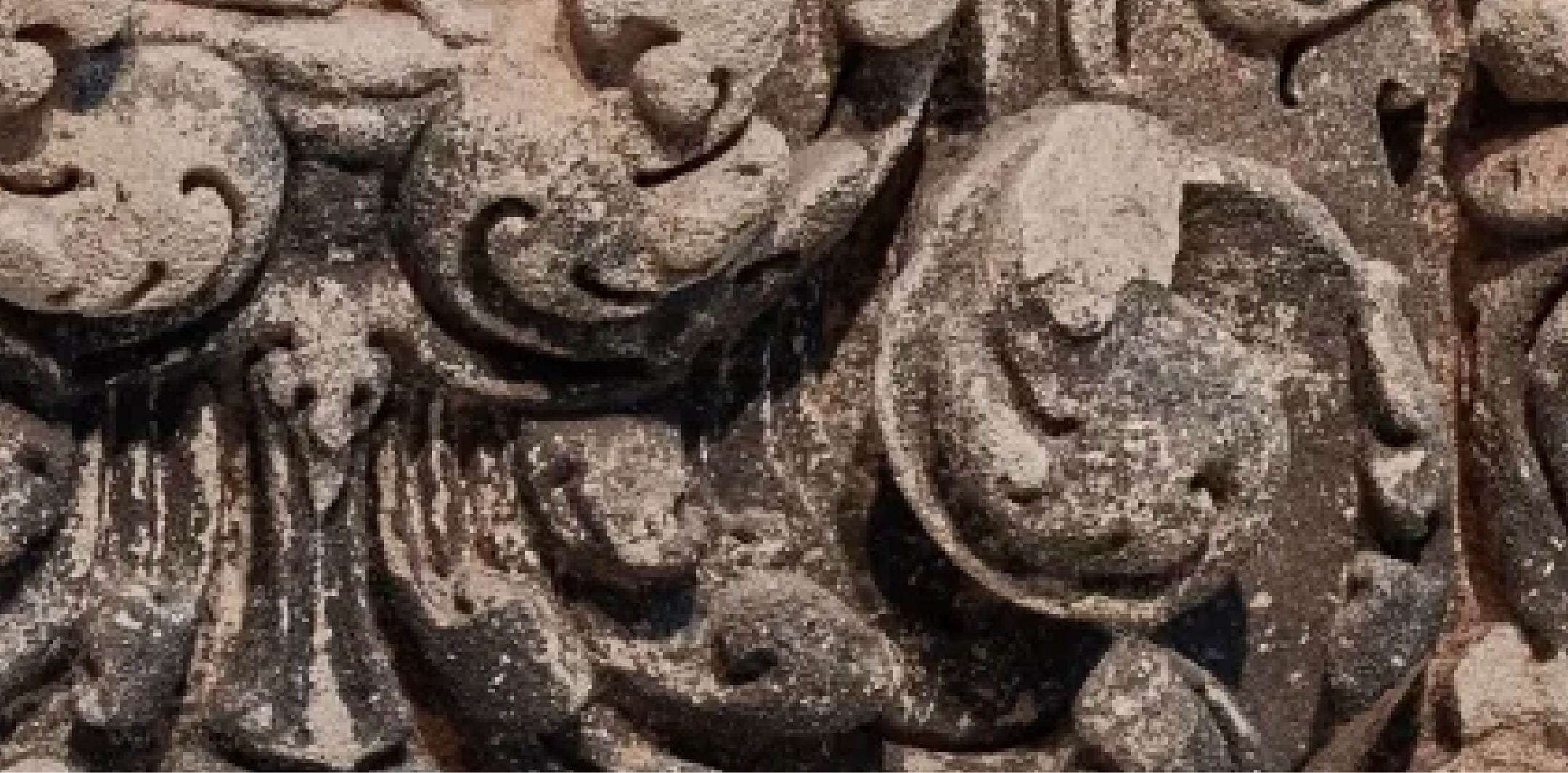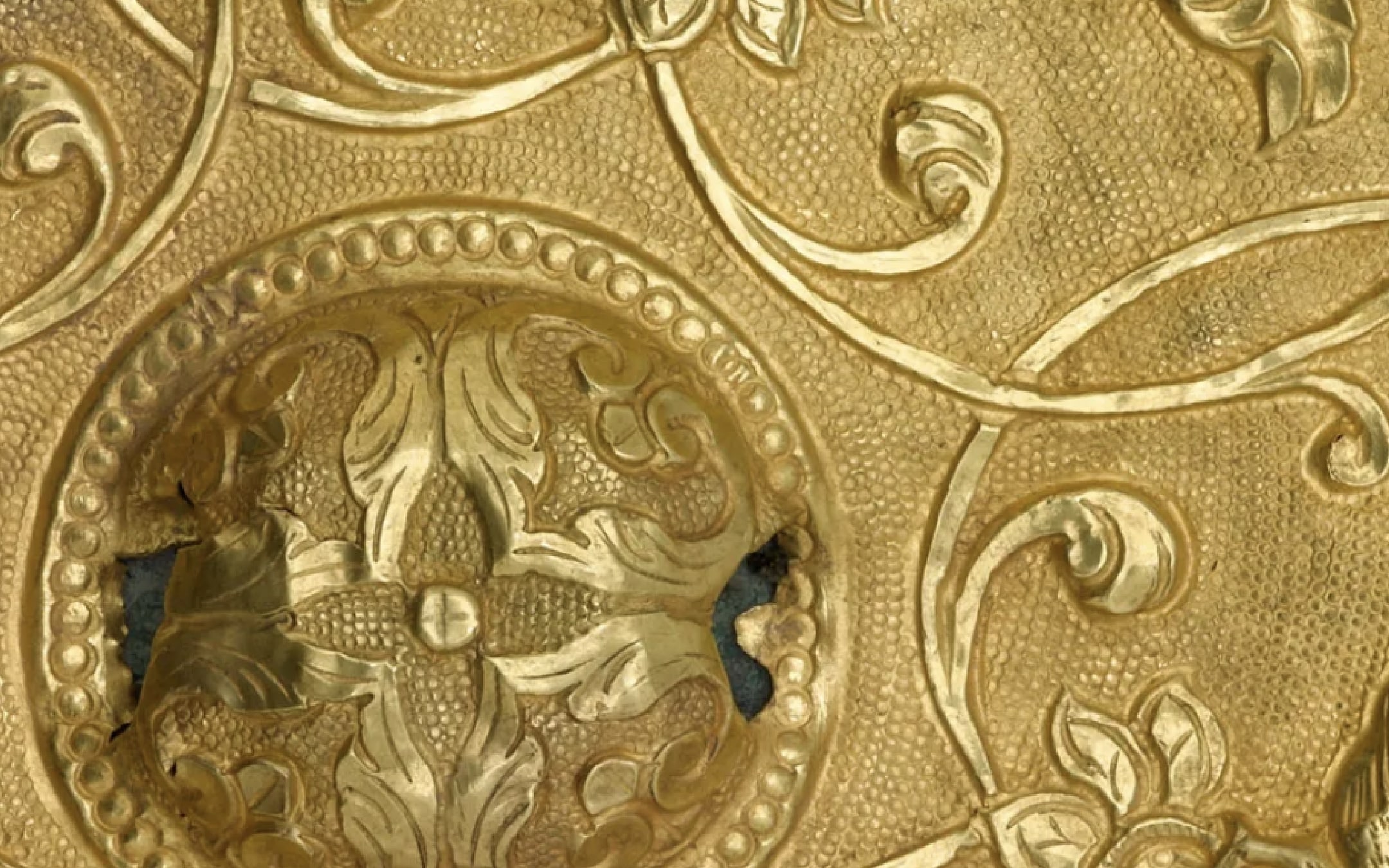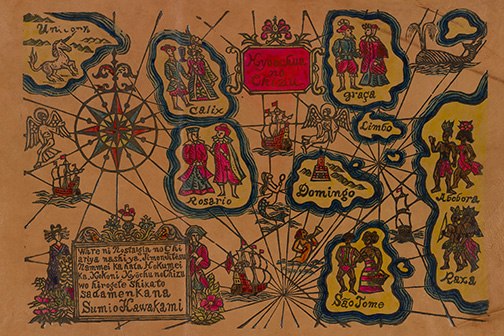川上澄生
(1895–1972)
KAWAKAMI Sumio

I was never much in the swim of things as far as prints were concerned. Since I didn’t live in Tokyo I never knew many of the print artists and never was much influenced by them. I’ve just gone my own way, doing what interested me, and hoping it would interest somebody else. If it has, I’m happy.
Kawakami Sumio is best known for his nanban (“southern barbarian”) prints, which depict the encounter between the Japanese and Europeans in the sixteenth and seventeenth centuries. His mature work generally explores the impact of Euro-American culture on Japan. Born in Yokohama and raised in Tokyo, Kawakami was a mostly self-taught artist and began making prints in 1912. He moved to North America in 1917 and supported himself with odd jobs, such as painting houses in Seattle and canning fish in Alaska. He returned to Japan in 1918 and taught English in a junior high school in Utsunomiya. He resumed printmaking in the 1920s, participating in Nihon Sōsaku Hanga Kyōkai (Japan Creative Print Association) exhibitions and contributing works to the major sōsaku hanga group portfolio Shin Tōkyō hyakkei (One Hundred Views of New Tokyo). He preferred making books to making individual prints and created more than seventy limited-edition books during his career.


